My account
Get into your account.
Hot topics
Pharma CEO Roundtable on 27th October 2021
Engaging Doctors – Physical, Digital & Hybrid: Translating Strategy...
Pharma Marketing & The Reinvention
Introducing the top 10 companies in top 10 therapy areas according to statistics published by AIOCD
Soft Power and the Physician
GST Special Issue carrying an interview with Sunil Attavar - CMD, Group Pharma and President, Karnataka Drugs and Pharmaceuticals Manufacturers Association (KDPMA)
DeepSeek – A Precursor to Patent Disruption?
The rise of open-source platforms, such as China’s DeepSeek...
An Invitation from the Editor
FFE and BrandStorm 2016 Agenda inside. Articles by Raja Reddy, K. Hariram, Amit Jain, and Vivek Hattangadi.
AI and the Future of Pharma Field Sales: Boon or Bane?
India’s pharmaceutical industry runs on the strength of its...
Semaglutide – More Than Just a Patent Battle
The Delhi High Court has restrained Dr. Reddy’s and...
Novo Nordisk — Septerna’s $2.2 Billion Deal
A New Era for Obesity Pills
Novo Nordisk has announced...
Will TATA Succeed in Reinventing Indian Pharma Retail through 1 MG Hybrid?
Tata 1mg App Business Model: How does it work...
GSK Bets Big on Liver Disease: $1.2B Upfront for Boston Pharma’s MASH Drug
In a bold move to strengthen its hepatology pipeline,...
AI and the Future of Pharma Field Sales: Boon or Bane?
India’s pharmaceutical industry runs on the strength of its...
Semaglutide – More Than Just a Patent Battle
The Delhi High Court has restrained Dr. Reddy’s and...
Novo Nordisk — Septerna’s $2.2 Billion Deal
A New Era for Obesity Pills
Novo Nordisk has announced...
Will TATA Succeed in Reinventing Indian Pharma Retail through 1 MG Hybrid?
Tata 1mg App Business Model: How does it work...
GSK Bets Big on Liver Disease: $1.2B Upfront for Boston Pharma’s MASH Drug
In a bold move to strengthen its hepatology pipeline,...
AI and the Future of Pharma Field Sales: Boon or Bane?
India’s pharmaceutical industry runs on the strength of its...
Semaglutide – More Than Just a Patent Battle
The Delhi High Court has restrained Dr. Reddy’s and...
Novo Nordisk — Septerna’s $2.2 Billion Deal
A New Era for Obesity Pills
Novo Nordisk has announced...
Will TATA Succeed in Reinventing Indian Pharma Retail through 1 MG Hybrid?
Tata 1mg App Business Model: How does it work...
GSK Bets Big on Liver Disease: $1.2B Upfront for Boston Pharma’s MASH Drug
In a bold move to strengthen its hepatology pipeline,...
AI and the Future of Pharma Field Sales: Boon or Bane?
India’s pharmaceutical industry runs on the strength of its...
Semaglutide – More Than Just a Patent Battle
The Delhi High Court has restrained Dr. Reddy’s and...
Novo Nordisk — Septerna’s $2.2 Billion Deal
A New Era for Obesity Pills
Novo Nordisk has announced...
Will TATA Succeed in Reinventing Indian Pharma Retail through 1 MG Hybrid?
Tata 1mg App Business Model: How does it work...
GSK Bets Big on Liver Disease: $1.2B Upfront for Boston Pharma’s MASH Drug
In a bold move to strengthen its hepatology pipeline,...
Hot topics
Pharma – Physician Interactions in the Digital Era
Indian Pharma companies will have to create hybrid employees, who can be designated as the Digital Task Force (DTF).
Just as STFs were created to create a better perception and improve engagement with specialist doctors, DTF can rebuild relationships with doctors on a new premise of helping them to gain digital advantage to better manage their practice and patients.
Rethinking Healthcare Communications for the Indian Context
Indian healthcare is sometimes an enigma: on one hand...
Covid-19 Impact on Indian Pharma Revenues, Field Force, Doctors – Sunil Attavar, CMD Group Pharma
This is the third and final part of MedicinMan...
Define and Measure Digital – KPIs and ROI
Measurement and optimization for digital marketing is one of...
7 Ways to Increase Productivity of Pharma Sales Reps
With access to HCPs becoming a daunting task for...
AI and the Future of Pharma Field Sales: Boon or Bane?
India’s pharmaceutical industry runs on the strength of its...
Semaglutide – More Than Just a Patent Battle
The Delhi High Court has restrained Dr. Reddy’s and...
Novo Nordisk — Septerna’s $2.2 Billion Deal
A New Era for Obesity Pills
Novo Nordisk has announced...
Will TATA Succeed in Reinventing Indian Pharma Retail through 1 MG Hybrid?
Tata 1mg App Business Model: How does it work...
GSK Bets Big on Liver Disease: $1.2B Upfront for Boston Pharma’s MASH Drug
In a bold move to strengthen its hepatology pipeline,...
AI and the Future of Pharma Field Sales: Boon or Bane?
India’s pharmaceutical industry runs on the strength of its...
Semaglutide – More Than Just a Patent Battle
The Delhi High Court has restrained Dr. Reddy’s and...
Novo Nordisk — Septerna’s $2.2 Billion Deal
A New Era for Obesity Pills
Novo Nordisk has announced...
Will TATA Succeed in Reinventing Indian Pharma Retail through 1 MG Hybrid?
Tata 1mg App Business Model: How does it work...
GSK Bets Big on Liver Disease: $1.2B Upfront for Boston Pharma’s MASH Drug
In a bold move to strengthen its hepatology pipeline,...
AI and the Future of Pharma Field Sales: Boon or Bane?
India’s pharmaceutical industry runs on the strength of its...
Semaglutide – More Than Just a Patent Battle
The Delhi High Court has restrained Dr. Reddy’s and...
Novo Nordisk — Septerna’s $2.2 Billion Deal
A New Era for Obesity Pills
Novo Nordisk has announced...
Will TATA Succeed in Reinventing Indian Pharma Retail through 1 MG Hybrid?
Tata 1mg App Business Model: How does it work...
GSK Bets Big on Liver Disease: $1.2B Upfront for Boston Pharma’s MASH Drug
In a bold move to strengthen its hepatology pipeline,...
AI and the Future of Pharma Field Sales: Boon or Bane?
India’s pharmaceutical industry runs on the strength of its...
Semaglutide – More Than Just a Patent Battle
The Delhi High Court has restrained Dr. Reddy’s and...
Novo Nordisk — Septerna’s $2.2 Billion Deal
A New Era for Obesity Pills
Novo Nordisk has announced...
Will TATA Succeed in Reinventing Indian Pharma Retail through 1 MG Hybrid?
Tata 1mg App Business Model: How does it work...
GSK Bets Big on Liver Disease: $1.2B Upfront for Boston Pharma’s MASH Drug
In a bold move to strengthen its hepatology pipeline,...
MedicinMan was launched in 2011 as India’s 1st Magazine dedicated to the cause of Field Force Excellence in Pharma and Devices.
Read More
Headlines
AI and the Future of Pharma Field Sales: Boon or Bane?
India’s pharmaceutical industry runs on the strength of its...
Semaglutide – More Than Just a Patent Battle
The Delhi High Court has restrained Dr. Reddy’s and...
Novo Nordisk — Septerna’s $2.2 Billion Deal
A New Era for Obesity Pills
Novo Nordisk has announced...
Will TATA Succeed in Reinventing Indian Pharma Retail through 1 MG Hybrid?
Tata 1mg App Business Model: How does it work...
Newsletter
Get important news delivered directly to your inbox and stay connected!



